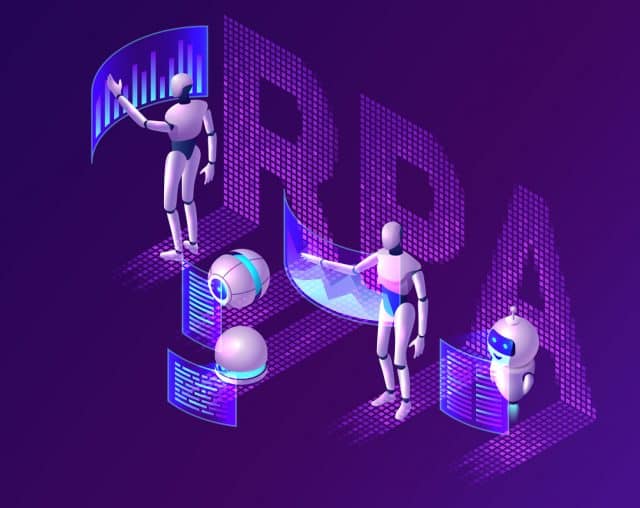Visualization of process, testing and orchestration data: Seeing helps with understanding

In the world of business process management and automation, you can cross business intelligence with process mining and you get something we can call process analytics. What does that mean?
Business managers have been clamoring for better ways to understand what is happening inside their critical business processes. Well, inside all business processes really -- because if you can mine process data you should be able to see patterns and find weak spots. And once you find them, you can fix them -- optimize processes, find better ways to avoid blockages, and so on. One way to help business managers is to give them a way to visualize process data - to see not just the workflows, but to see what is happening inside them.
Process analytics visualization tools makes the invisible visible
Process analytics is the use of process-related data to analyze and improve process performance. Internal and external-facing business processes, whether they are fully or partially automated, produce historical and real-time data. That data -- on how processes run, how smoothly they run, how long various parts of the process take, where there are bottlenecks or delays, where there are workarounds, where there are common errors, and much more - can be mined and presented in a form that permits analysis, better visibility, knowledge, and understanding about what is happening in those processes.
Integrating process analytics tools in the context of BPM allows developers to provide a clear visualization of automated processes and instances. With a visualization library, for example, developers can create ways for the business manager to monitor the actual performance of running applications by displaying process data. This data can be coupled to advanced monitoring capabilities and used to map application environments and visualize automation, help the business and automation team identify problems through root-cause analysis, and assess the impact of identified issues.
But it’s not just business managers using BPM who benefit from good process analytics. Process analytics visualization tools can be useful across the business landscape, to support the whole automation team.
I can think of several examples where developers across the board could use process analytics visualization libraries to make process workflows and process data visible, to the advantage of application development, DevOps, and business automation teams.
Robotic Process Automation (RPA) is being widely used to automate routine, repetitive actions that can be better done by software robots than by easily bored, prone-to-errors humans -- and RPA is an extraordinarily good tool for software testing. But the actual sequence of steps - which can be quite complex -- performed by the programmed software robot isn’t always easily visible to the human responsible for the outcome. Process analytics libraries can be used to visualize RPA with process maps, so it’s easier for developers to see and monitor automation done by robots.
The entire DevOps team can use process analytics visualization with testing automation tools to see and monitor test automation scenarios (end-to-end tests, integration tests). Continuous Integration and Continuous delivery (CI/CD) can really benefit from the use of Process Analytics libraries to simplify visualization, automation and test of builds.
As I mentioned, business users are always ready for better business intelligence technologies. When developers can propose new data visualization types, for example using BPMN2 notation to display flow charts with business data, we will see more ways to analyze what is going on inside business applications in real time as well as historically. For example, combined with process mining technologies, developers can leverage visualization libraries to enrich existing process discovery capabilities with BPMN2 semantics, to support process analytics and pinpoint areas for improvement.
Outside the world of business process management, there are some key orchestration benefits if we can apply process visualization. iPaaS solution developers can integrate Process Analytics libraries to visualize and monitor the flow of integration among different services.
Furthermore, when developers want to generate flow charts and/or processes directly from web browsers and/or their favorite Integrated Development Environments (IDEs) -- for example, to generate documentation, support decision making, and transfer of knowledge -- they can use visualization libraries.
Custom application development - sharing the visual for better understanding of the code
To end on a very general note, developers can embed visualization libraries in any of their custom code when they want to graphically represent process execution in their application development projects.
Conclusion
Process analytics offers a new, emerging set of technologies that we will see growing along with the tools and techniques for process mining. Data gathered is most useful if we can provide it in an actionable form -- and when there are humans in the mix, visualization offers one avenue for better understanding and analysis of business processes.
Image credit: klyaksun / depositphotos.com

Nicolas Chabanoles is Chief Product & Technology Officer, Bonitasoft.
